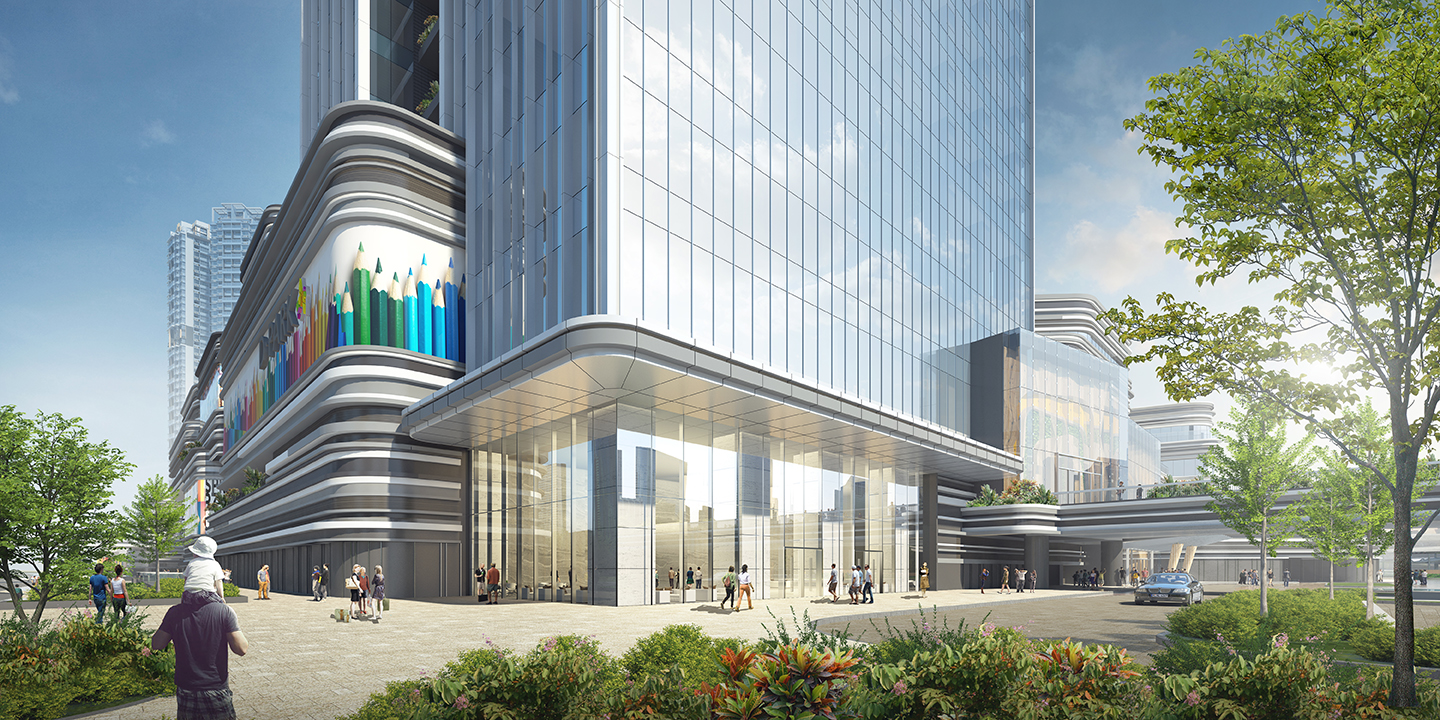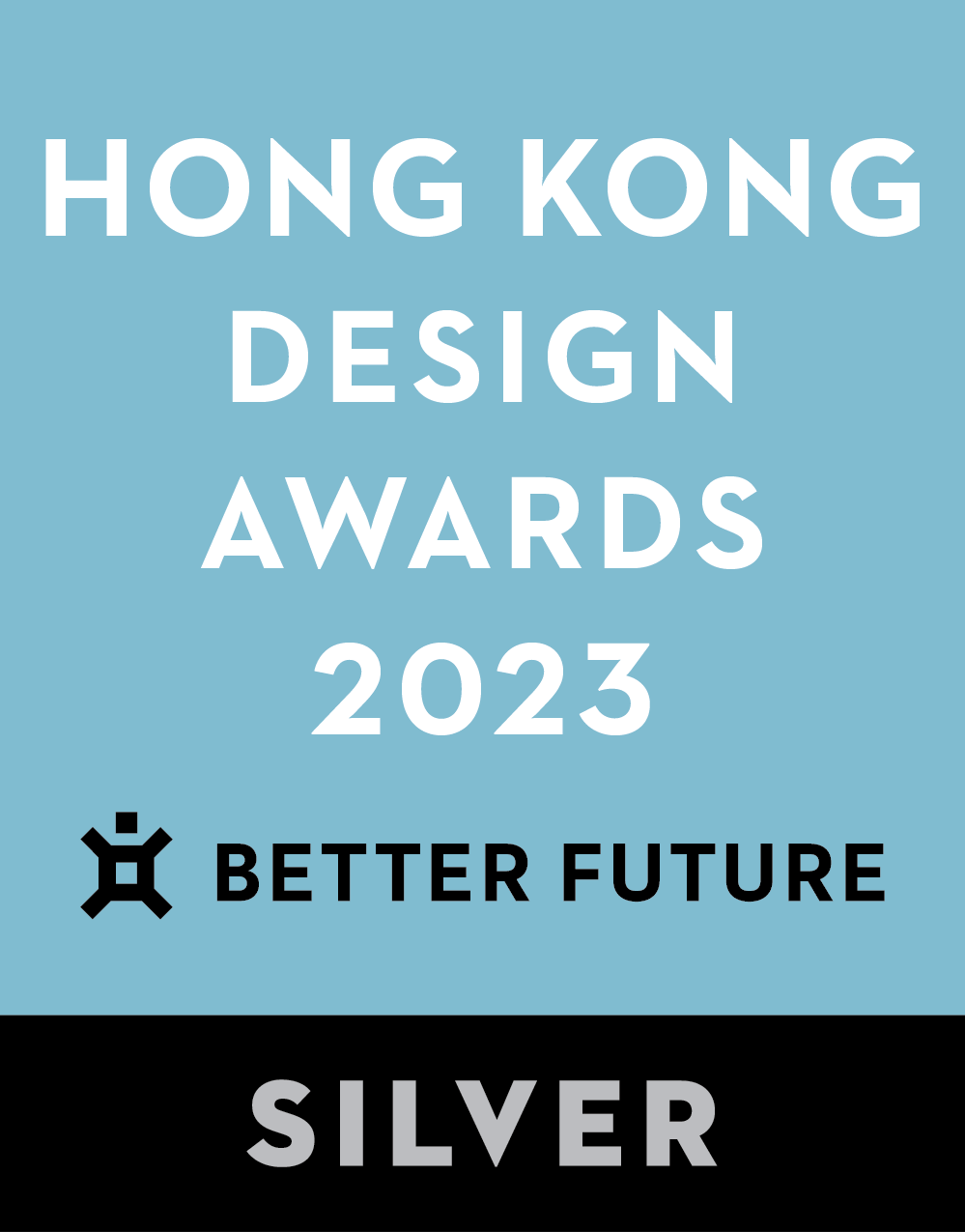Key Dates










Image Credit :

Project Commissioner
Project Creator
Project Overview
Guangzhou, the largest city in southern China, is a bustling metropolis with rapid urbanization and a high population density. The project site is located in the prominent area of Guangzhou Panyu District, with an important subway interchange underneath. Recognizing the significance of this location, the development adopts a transit-oriented development strategy that seamlessly integrates various elements of urban living within walking distance. The development boasts an impressive mix of residential, commercial, and public facilities, as well as leisure spaces that cater to the needs of a diverse population.
Careful consideration was given to creating a layout that is not only functional but also aesthetically pleasing. The design elements are geared towards promoting walkability and encouraging the use of public transport, thereby reducing reliance on private vehicles and promoting sustainable living. Residents can experience the vibrancy of urban living while still being able to enjoy greenery and open spaces. The development's recreational areas provide locals with a tranquil setting away from the hustle and bustle of the city to unwind and recharge.
Team
Project Brief
The triangular-shaped project site sits between Hanxi Avenue and Xinguang Expressway. One of the main highlights is a 36-storey office tower with a unique zigzag design. The tower features sky gardens at various levels, providing occupants with stunning views. Recessed platforms on the building facade allow for green planting. These create beautiful vertical layers of greenery on the facades, promoting a sustainable environment.
The office tower has a four-storey shopping mall with ample landscape spaces at various levels. The podium facade is broken down into smaller masses to create a human-scale appearance at street level. Green plants such as trees and vertical greening are used as the primary elements of the facade, enhancing the natural atmosphere. Moreover, large skylights and a multi-level atrium ensure that natural light penetrates into the basement portion of the mall. The project prioritizes seamless connectivity to the underground subway, making it easily accessible for commuters.
The residential towers are placed on the southwest side of the development alongside an urban green park. A stepped elevated platform connects the residential tower and commercial building. The ground floor of the residential building is elevated, creating a multi-level landscape and activity space that integrates with the surrounding urban park.
The project is a shining illustration of a mixed-use development that has been carefully planned and carried out. It offers a sustainable urban way of life, combining modern infrastructure, green areas, and communal living to establish a flourishing and cohesive urban setting.
Project Innovation/Need
Transit-oriented development strategy: The project adopts a transit-oriented development approach, aiming to seamlessly integrate different types of residential, commercial, and public facilities while also incorporating well-designed leisure spaces. The careful planning of these buildings is complemented by an extensive transportation system encompassing subway trains and city buses. As a result, every facet of urban living is conveniently accessible within walking distance.
This holistic approach emphasizes convenience, promotes sustainability, and fosters a sense of community by encouraging residents to embrace an active and environmentally friendly lifestyle. Additionally, integrating public transportation options effectively reduces the reliance on private cars, alleviating traffic congestion and reducing carbon emissions.
Green Living Environment in Urban City
The project flawlessly integrates a multitude of green spaces, ranging from the urban green park to the towering office building. This development displays an extensive selection of green terraces and meticulously designed gardens. For example, residents are privileged to enjoy an elevated landscaped platform and a sprawling urban park designed for their relaxation and pleasure. Furthermore, the office tower boasts captivating sky gardens, which serve as refreshing breakout areas and foster a wholesome work environment. Even the podium's shopping mall impressively features a roof garden adorned with a serene paddy field, offering visitors a unique opportunity to connect with nature amidst the bustling urban surroundings. The project brings nature into daily life, making it an integral part of everyday routine.
Design Challenge
The complexity of integrating different uses: The design process presents challenges in integrating various functions, such as residential towers, shopping malls, office towers, and public facilities, into a single development.
It is important to carefully plan the user circulation, both from within and outside the development, in a way that does not interfere with each other but still maintains good connectivity between different building structures. Additionally, it is necessary to consider the need for connections to both the public transportation system and pedestrian pathways. The large underground car park spanning four storeys, accommodating private vehicles, commercial vehicles, and the public transportation system, presents significant challenges in separating vehicle flow and minimizing the impact on existing main roads.
Construction above a subway structure: Building on top of a subway system presents various challenges because it involves construction on existing infrastructure. One of the most significant challenges is the impact on the subway system. As the current subway station plays a vital role in the transportation sector of a city, the construction work must be carried out in such a way as to minimize disruption to subway operations.
Another challenge is optimizing the use of space. The subway system must operate at full capacity while the development takes shape, so space management is crucial. The structural design must consider the subway tunnels and tracks beneath the building, ensuring that the building can coexist with the subway system without compromising the safety and comfort of commuters.
Sustainability
There are multiple approaches to promoting sustainability in the project. Firstly, the use of local materials and low-maintenance materials offers numerous benefits, both economically and environmentally. Using local materials reduces the carbon footprint by eliminating the need for transportation, thus decreasing pollution. Similarly, low-maintenance materials help minimize waste, as they require less frequent replacement or disposal.
Furthermore, the development strategically integrates lush green spaces at different levels, carefully weaving a strong and symbiotic connection with nature that enhances the overall aesthetic appeal and promotes a harmonious and health-conscious lifestyle. With a steadfast commitment to energy efficiency, the buildings within this development are equipped with high thermal resistance facades, which include a low wall-to-window ratio and utilization of the high-performance IGU, ensuring maximum insulation and minimizing any unwanted heat gains, which effectively reduces energy consumption by air conditioning systems. Moreover, this visionary development embraces a transit-oriented development approach firmly rooted in the philosophy of sustainability and forward-thinking urban planning. By prioritizing and integrating efficient public transportation options, it can significantly reduce the use of private cars, leading to a substantial decrease in traffic congestion and a remarkable reduction in carbon emissions.
This deliberate effort to create a more sustainable and eco-friendly environment benefits the residents of the development and contributes to the broader community's well-being and overall quality of life.
Architecture - Proposed
This award celebrates the design process and product of planning, designing and constructing form, space and ambience that reflect functional, technical, social, and aesthetic considerations. Consideration given for material selection, technology, light and shadow. The project can be a concept, tender or personal project, i.e. proposed space.
More Details

